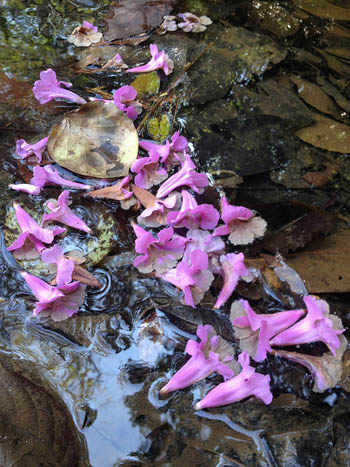 Glorious summer greetings to you as we fly toward summer solstice, the longest day of the year.
Glorious summer greetings to you as we fly toward summer solstice, the longest day of the year.
I hope you have been eating your flowers. And that you will continue to eat flowers all summer long. There are many more wild flowers in bloom now – such as red clover and sweet clover and periwinkle (poisonous, but a few won't hurt) – and many more to come, like daisies and day lilies and rose of Sharon. Some folks plant edible flowers, like pansies and nasturtiums.
Others eat the medicinal/edible flowers from their herb gardens, like calendula and borage.
Among other things, eating flowers is one way to get more flavonoids in your diet. I don't know if eating flowers is common in the diet of all the blue zone folks, but I do know that eating flower flavonoids can help you live a longer, happier life.
Flavonoids are found ubiquitously in the colored parts of plants. In fact, flavin-oids are named for the Latin word for yellow: flavus. Flavinoids have a wide range of biological and pharmacological activities. They have been shown to be anti-allergic, anti-inflammatory, antioxidant, anti-microbial, antibacterial, antifungal, and antiviral, anti-cancer, and anti-diarrheal.
Flavonoids help inhibit coagulation and platelet aggregation, reduce atherosclerosis, lower blood pressure, reduce oxidative stress, improve endothelial and capillary function, modify blood lipid levels, regulate carbohydrate and glucose metabolism, and modify mechanisms of aging.
A recent study found that women who consumed the most flavonoids were the most likely to reach the age of 70 with no chronic or serious health problems.
Over 5000 naturally occurring flavonoids are known. Foods with the highest flavonoid content are parsley, onions (and their skins), especially red onions, blueberries, currants, raspberries, black berries, grapes, black tea, green tea, bananas, peanut skins, all citrus fruits, ginkgo, red wine, sea-buckthorns, and dark chocolate (cocoa content of 70% or more). I strongly suspect that stinging nettle, red clover, comfrey leaf, and linden blossoms are also very high in flavonoids. And flowers are wonderful sources of flavonoids too.
So eat the flowers and smile a happy, healthy, flavonoid-rich smile.
Get Your Flavonoids Right Here
Here are some of the best sources of flavonoids. Be sure to get plenty every day for optimum health.
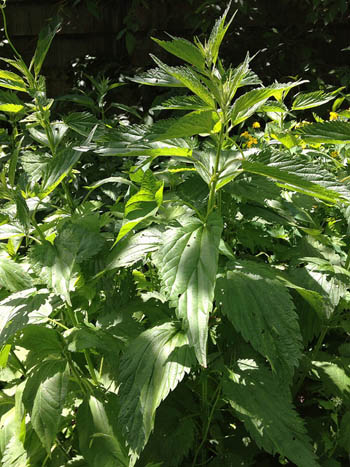
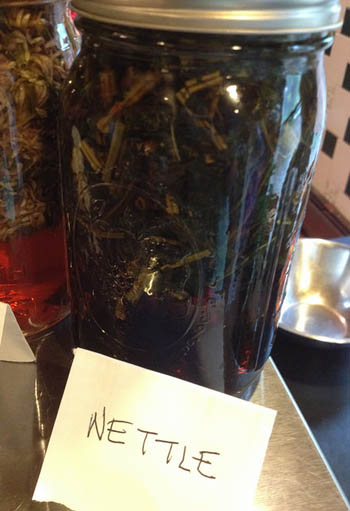
Stinging nettle infusion
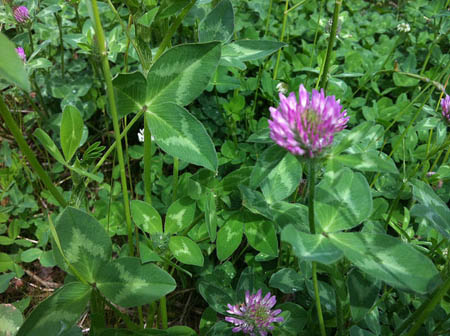
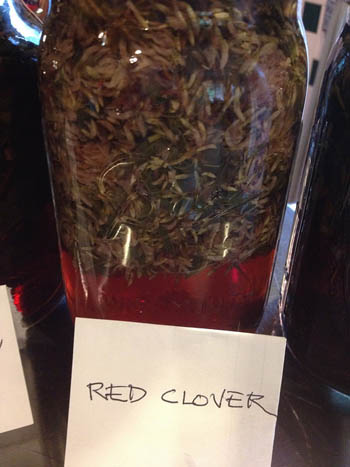
Red clover infusion
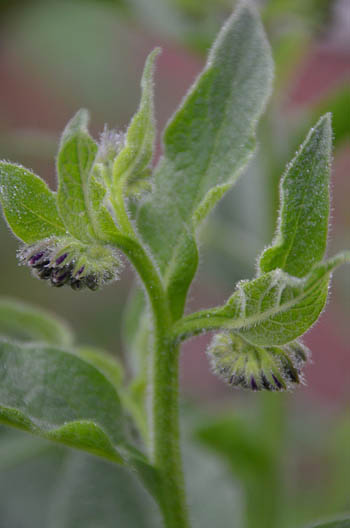
Comfrey leaf infusion
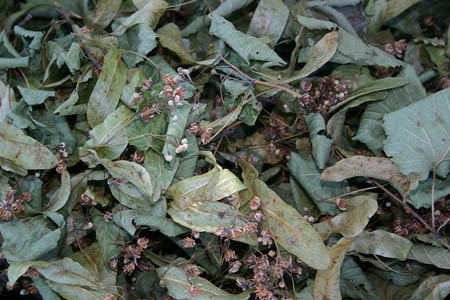
Linden blossom infusion
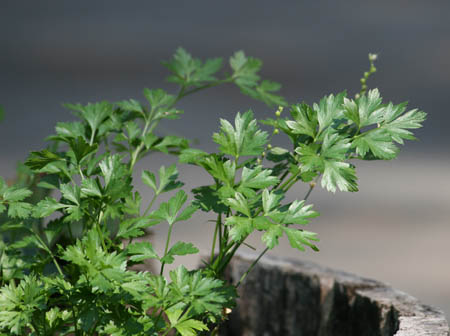
Parsley
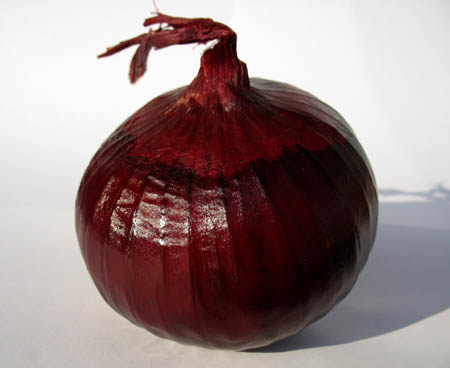
Onions (and their skins), especially red onions
Berries:
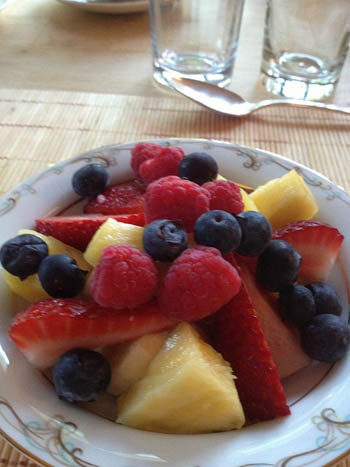
blueberries and raspberries
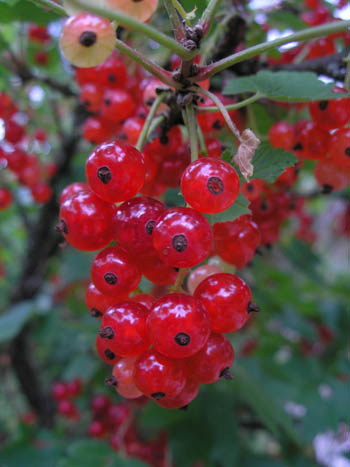
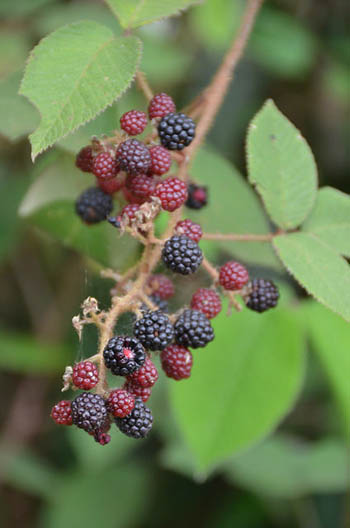
currants and blackberries
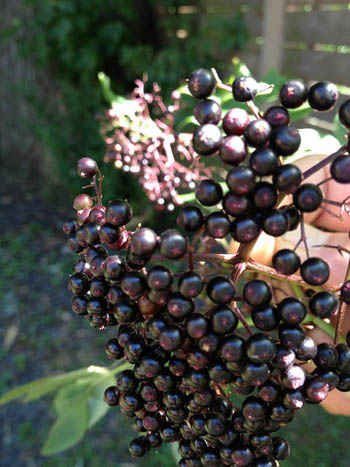
Elder berries
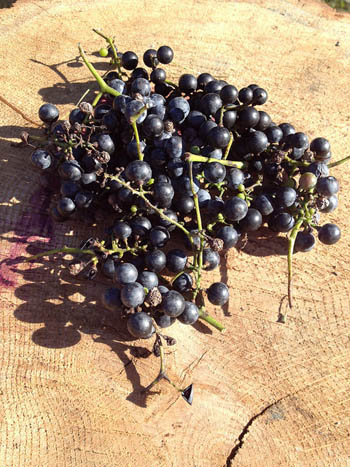
Grapes and red wine
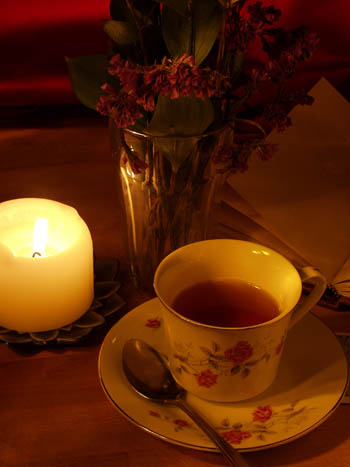
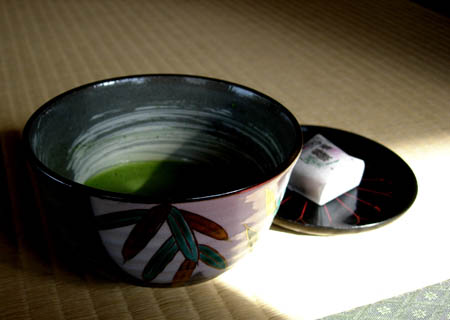
Tea, both black and green
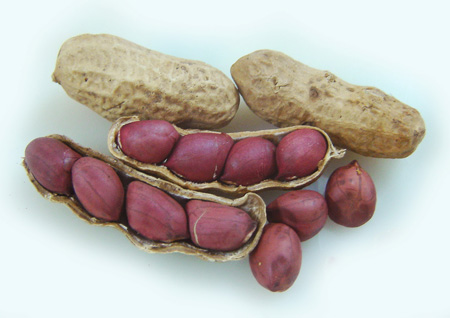
Peanut skins
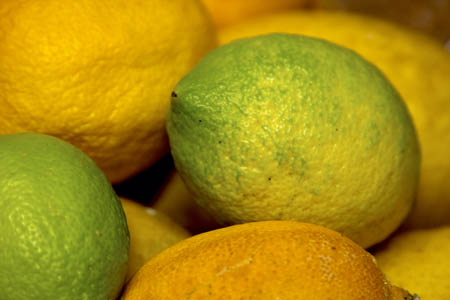
Citrus fruits
More Flavonoids!
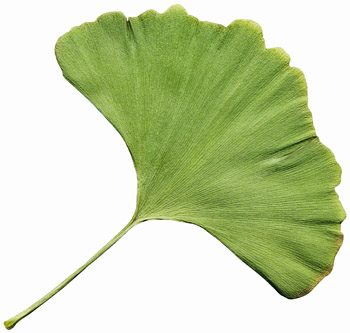
Ginkgo

Sea-buckthorns
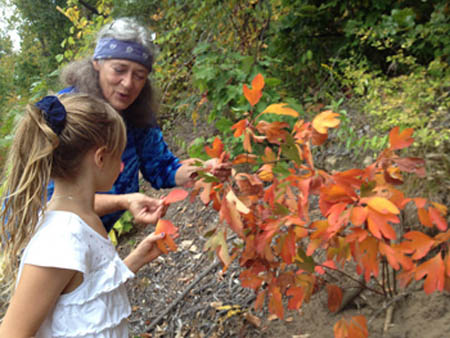
Sassafras leaves
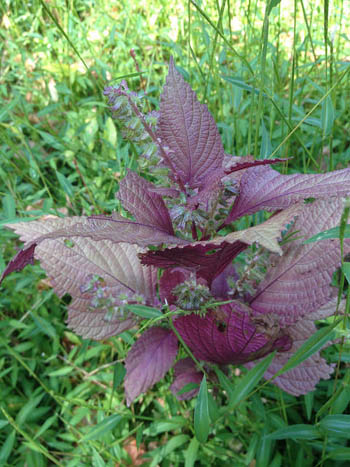
Shiso leaves
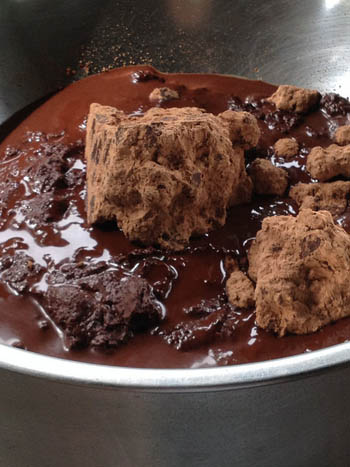
Chocolate (cocoa content of 70% or more)

 Author: Susun S. Weed.
Author: Susun S. Weed.  Glorious summer greetings to you as we fly toward summer solstice, the longest day of the year.
Glorious summer greetings to you as we fly toward summer solstice, the longest day of the year.






















